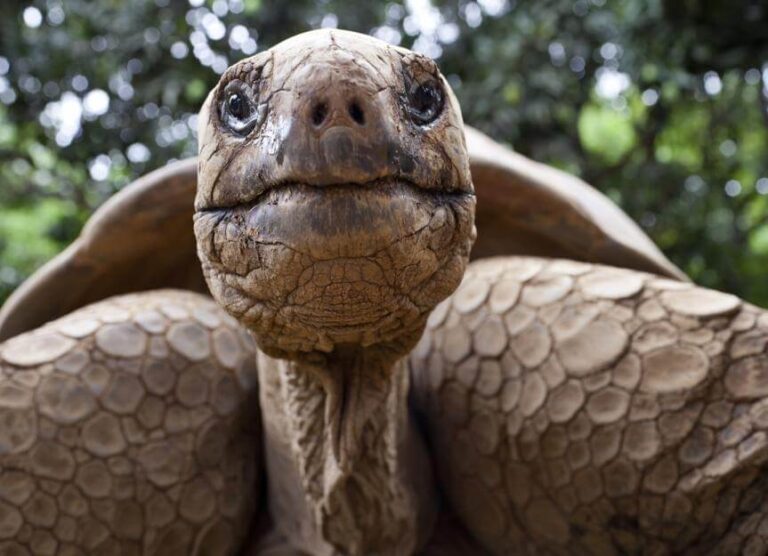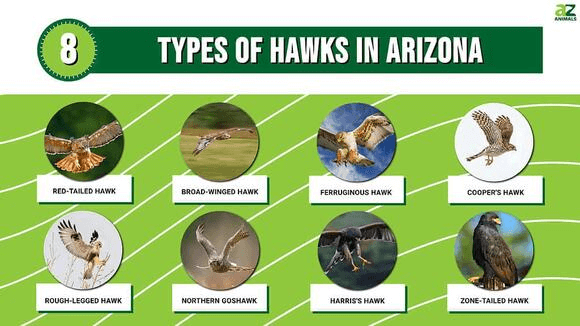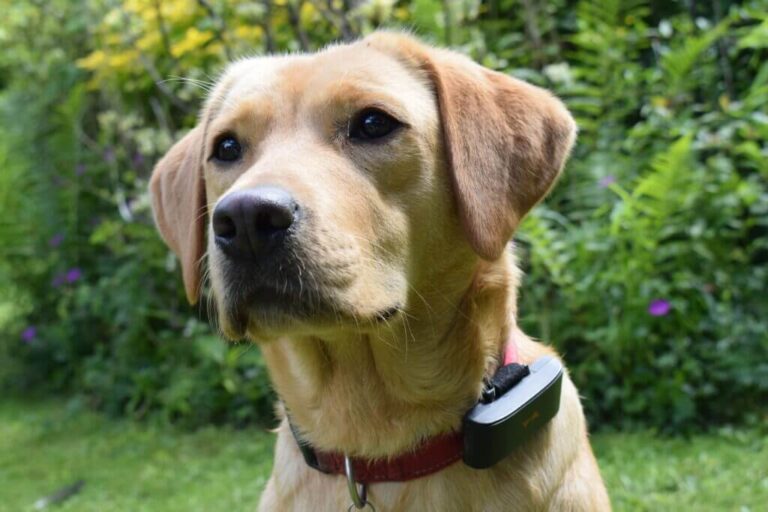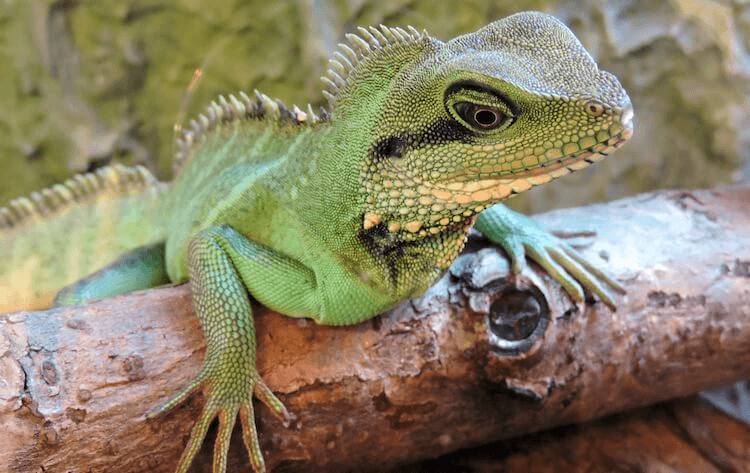Praying Mantis Pet Care: Tips for Feeding, Habitat, and Handling
Praying mantises make one of the most intriguing invertebrate pets with their unique appearance and captivating behavior. They are known for their large, alien-like eyes, triangular heads, and “praying” stance. These solitary creatures can offer hours of entertainment as they patiently wait for prey, then swiftly strike with precision.
Praying mantises are relatively low-maintenance, and with the proper care, they can thrive in a captive environment, making them an excellent choice for pet owners who want an unusual and quiet companion.
Contents
- 1 Setting Up the Ideal Habitat for Your Praying Mantis
- 2 Choosing the Right Enclosure
- 3 Temperature and Humidity Requirements
- 4 Lighting Conditions
- 5 What to Feed Your Pet Praying Mantis
- 6 Types of Prey
- 7 Feeding Frequency
- 8 Providing Water: Do Praying Mantis Need Water?
- 9 Hydration Needs and Methods
- 10 Handling and Interacting with Your Praying Mantis
- 11 How to Safely Handle Your Mantis
- 12 Molting: A Critical Stage in Your Praying Mantis’s Life
- 13 Signs of Molting
- 14 Common Health Issues and How to Prevent Them
- 15 Signs of Stress or Illness
- 16 Life Cycle and Reproduction: What to Expect
- 17 How Long Do Praying Mantis Live? Understanding Their Lifespan
Setting Up the Ideal Habitat for Your Praying Mantis
To ensure your praying mantis pet stays healthy, creating an environment that closely mimics their natural habitat is crucial. They are arboreal creatures, meaning they live primarily among trees and plants in the wild. A suitable enclosure should reflect this.
Choosing the Right Enclosure
Remember that mantises require vertical space more than horizontal when selecting an enclosure. A minimum of 3 times the mantis’s length in height is recommended, as they need ample room to molt: mesh cages or terrariums with proper ventilation work best. The enclosure should also have twigs, branches, or other climbing structures to simulate their natural surroundings.
- Competitor insights: Some sources recommend a 10-gallon tank, but a smaller enclosure (like an aquarium) with ventilation is sufficient for species like the Chinese mantis.
Temperature and Humidity Requirements

Maintaining proper temperature is critical to the longevity and activity of your mantis. Different species of praying mantis have varying temperature needs, but most thrive in a range between 70°F to 85°F (21°C to 29°C). Heating lamps or heat pads may be necessary during cooler months to regulate temperature.
Humidity is equally essential. Most mantises prefer a humidity level between 40% and 60%, which can be achieved by misting the enclosure lightly every few days. High humidity helps maintain moisture successfully.
Lighting Conditions
Mantises do not require specialized lighting but benefit from indirect natural light. 12 hours of sunlight per day is typically sufficient, though UV lights are not mandatory as mantises get essential nutrients from their diet.
What to Feed Your Pet Praying Mantis
Praying mantises are carnivorous predators that rely on live prey. The proper diet is essential for their growth, health, and development.
Types of Prey
Mantises primarily eat insects, and their prey can include fruit flies (for juveniles), crickets, grasshoppers, and even small roaches. It’s essential to offer prey appropriate to the mantis’s size, as they will not attempt to eat something too large. Most pet mantises are voracious eaters and can tackle insects of half their body size.
- Feeding Tip: Ensure you remove uneaten prey after a few hours to avoid stress on your mantis. Mantises are visual hunters, so if they don’t catch their food quickly, it can agitate them.
Feeding Frequency
Juvenile mantises should be fed every 1-2 days, while adult mantises can be fed every 3-4 days. The feeding schedule should be adjusted according to your pet’s size and species, but it’s important not to overfeed, as they can become lethargic.
Providing Water: Do Praying Mantis Need Water?
Praying mantises don’t drink water in the same way that other pets do. Instead, they obtain moisture from their prey and the humidity in their enclosure. However, providing a water source to prevent dehydration is still essential.
Hydration Needs and Methods
Light misting of the enclosure once or twice a week is recommended to ensure your mantis stays hydrated. The mantis will drink droplets from the enclosure surfaces, such as leaves and branches. It is crucial not to over-mist, as too much humidity can lead to mold growth, which could harm your pet.
Handling and Interacting with Your Praying Mantis
One of the exciting aspects of owning a praying mantis is the possibility of interacting with them. However, praying mantises are delicate creatures, and handling them requires caution.
How to Safely Handle Your Mantis
If you want to handle your mantis, do so gently, allowing it to crawl onto your hand rather than picking it up directly. Use slow movements to avoid startling the mantis. While some mantises become accustomed to handling, others may prefer minimal interaction.
- Important Note: Avoid handling your mantis during the molting process, as they are highly vulnerable at this time and may become injured.
Molting: A Critical Stage in Your Praying Mantis’s Life
Molting is an essential and often stressful process for a praying mantis. Throughout their lifespan, mantises will molt several times before reaching adulthood.
Signs of Molting
Mantises will often hang upside down and avoid food for 1-2 days before molting. The enclosure’s humidity should slightly increase during this period to help the shedding process.
Common Health Issues and How to Prevent Them
While mantises are generally hardy insects, they can face health problems related to molting and improper environmental conditions.
Signs of Stress or Illness
- Refusal to eat
- Discoloration
- Lethargy
If your mantis appears ill, check the temperature and humidity levels in the enclosure, as environmental stress is a common cause of health problems.
Life Cycle and Reproduction: What to Expect
Praying mantises go through three stages in their life: egg, nymph, and adult. In captivity, they can live anywhere from 6 months to 1 year, depending on the species.
How Long Do Praying Mantis Live? Understanding Their Lifespan
Most mantises live between 6 months and a year, but their lifespan can vary depending on species and environmental factors.
Conclusion: Ensuring a Happy and Healthy Praying Mantis Pet
Taking care of a praying mantis pet can be a rewarding experience, requiring just the right balance of attention to diet, habitat, and health. By understanding their unique needs and creating a suitable environment, you can help your mantis thrive.
FAQs
How can I keep a praying mantis alive?
Maintain proper temperature and humidity, and feed them live prey regularly.
What can you feed a praying mantis?
Insects such as fruit flies, crickets, and small roaches.
Are praying mantises hard to take care of?
No, they are relatively low-maintenance if their basic needs are met.
Does a praying mantis need water?
Yes, they obtain water from prey and humidity. Misting the enclosure helps keep them hydrated.
By following these guidelines, you’ll ensure your mantis is healthy and provide an enriching and safe environment that can help them thrive.
- Are Rottweilers Good With Kids? Reasons & Training Tips - 17 September 2025
- How Long Are Dogs Pregnant: Complete Guide - 16 September 2025
- German Shepherd Doberman Mix: Info, Pictures, Care & More - 11 September 2025







